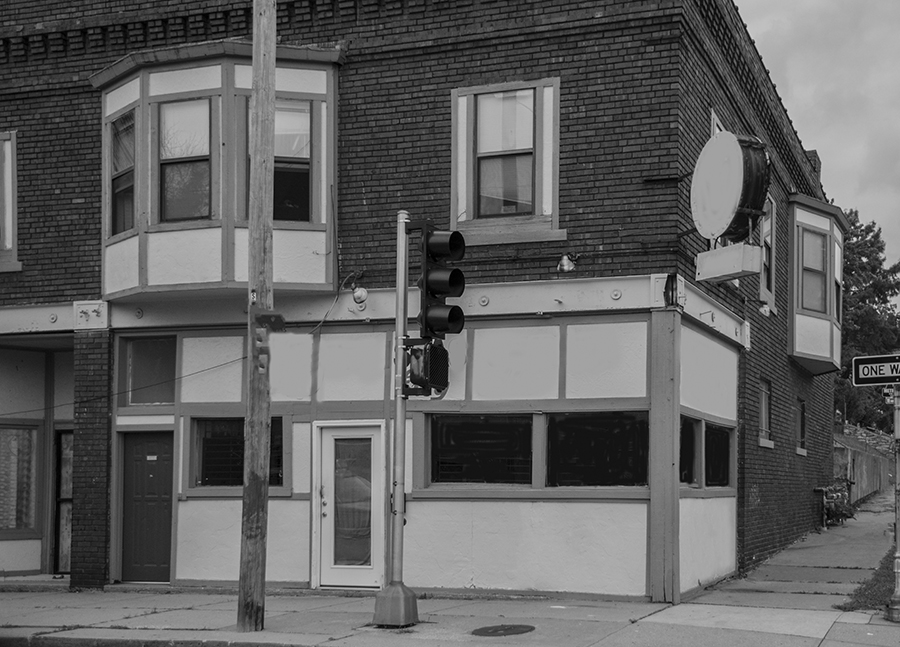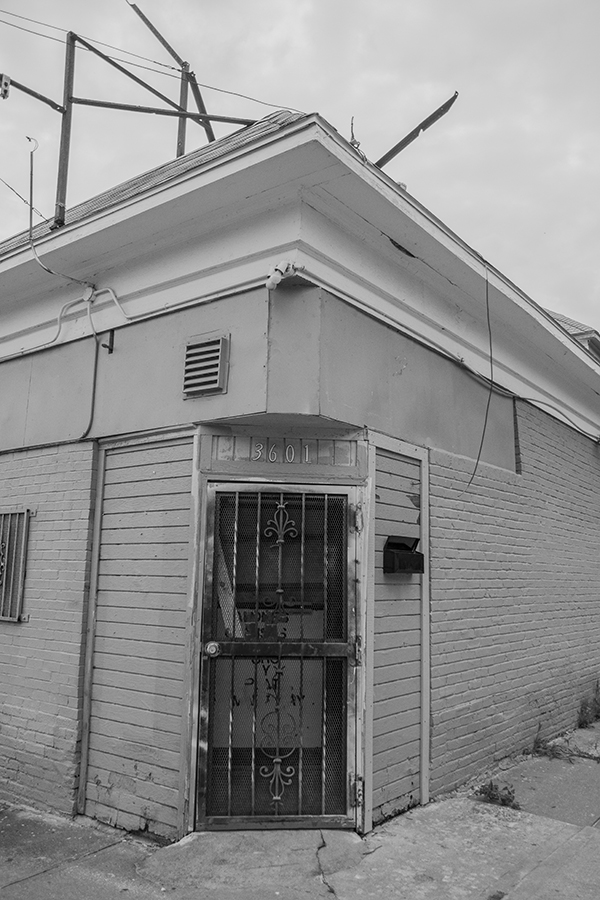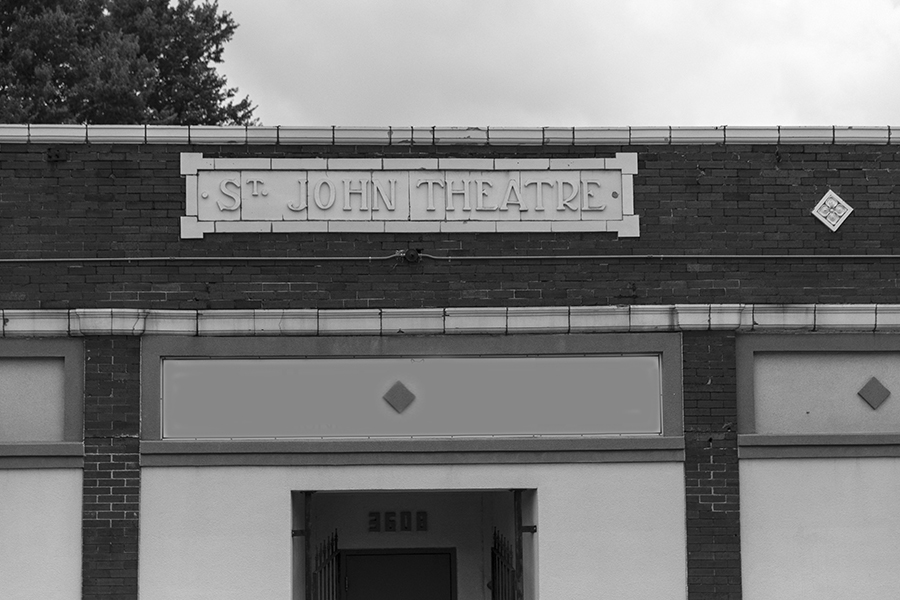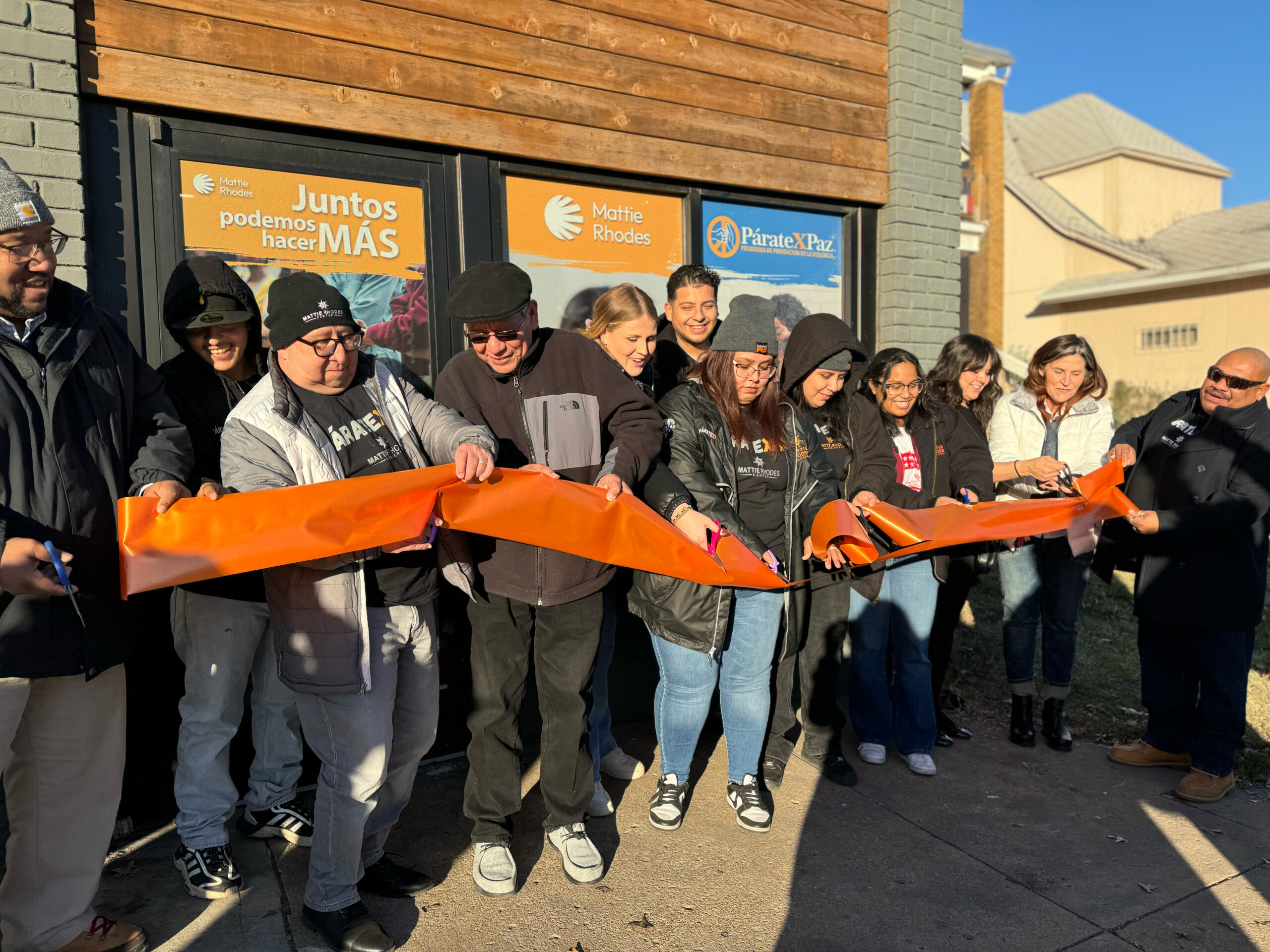This week, in place of our weekly Historic Postcard feature we publish the second of a four-part series of short articles by the late John Dods written exclusively for The Northeast News. John was a Northeast native who graduated from Northeast High School in 1951. Due to John’s involvement in the Boy Scouts, he was urged by the late, great H. Roe Bartle John to attend Missouri Valley College in Marshall. He then transferred to KU where he received his Law Degree in 1957. He went on to join what would become one of Kansas City’s largest law firms, Shook, Hardy & Bacon where he stayed for over 50 years. Between 1939 and 1946 the Dods family lived at 3614 Morrell Avenue. After WWII the family moved to 3514 Windsor Avenue where they lived until 1959. John’s short stories capture a slice of what it was like to grow up during a much simpler place and time in Kansas City’s Northeast neighborhood. The stories are set in the late 1930’s and early 1940’s. Professional photography of some of the locations in Dods’ stories were expertly executed by Historic Northeast resident David Remley.

In the Old Northeast part of town where I grew up, the “neighborhood” meant the few square blocks close to home.
Before the days of gigantic malls and distant shopping centers, small family-owned businesses dotted the major streets and every service was within a short walk from home.
Within but a block or so of our house on Morrell we had the choice of three grocery stores on St. John Avenue, all carrying the same products but each favored by some of the neighborhood housewives so that all seemed to thrive. My mom shopped at Navue & Simcox’s store, perhaps because Mr. Freeman, who worked there, was our neighbor two houses up the street. Or maybe it was because he always wrapped up a few scraps for my pet dog Popeye when I went to pick up the daily loaf of bread, always on credit ‘til the end of the week when accounts were settled.
There were two drug stores on the same block. Dorman’s served the thicker chocolate malt at its stand-up soda fountain but Hopkins’ down the street had booths where customers could sit and linger over their nickel Cokes and gossip about the neighborhood.
The St. John Theater was in the middle of the block, and an easy walk for a kid who had saved a dime to see a movie, especially a Saturday matinee, when the newest episode of the serials was shown, explaining how the hero had escaped the certain death he had faced at the end of last week’s installment.
The neighborhood cleaners were at each end of the block. On the corner of Monroe were the shoe shop, a “variety” store, and the local donut shop. Jack Doolin the barber plied his trade on one side and up the street another barber shop drew customers from just a block away. Two diners were almost opposite each other near Askew, both with swiveling stools along Formica countertops.
On one corner was a tavern, a taboo mystery to us neighborhood kids, where we were sternly told by parents we could not go, in spite of the allure of dim lights, juke box music and the loud laughter of men home from a hard day’s work at the factories.
A hobby shop, with its model airplane kits and supply of balsa wood, was a hangout for boys fascinated by airplanes. Just up the street was the neighborhood garage, where cast-off inner tubes were kept in a box, to be given to us just for the asking to be cut into ammunition for rubber band guns.
Almost all those small neighborhood shops are long gone. They, like the people of the old neighborhood, have been lured to suburbs, with their malls, chain stores and vast parking lots. That old neighborhood, where everyone knew each other and kids could never escape some parent’s eye, had a feeling of closeness and sense of belonging that’s missing from my suburban subdivision.
Sometimes I’d like to just walk to the corner, hang out with my buddies and chip in to buy and share a chocolate malt or jelly donut.
John C. Dods



















